Data…what is it good for…absolutely everything!
How do we monitor and detect any changes in the environment…data!
In modern times, everyone appreciates the importance and application of data. The digital revolution over the past few decades has been driven by it. However, documenting and recording information about the natural world is a well known concept that has been happening for centuries, if not millennia.
The Hebridean Whale and Dolphin Trust (HWDT) has been gathering data on whales, dolphins, porpoises, and basking sharks off Scotland’s west coast for over two decades, amassing a colossal amount. The most amazing thing about HWDT data…it was collected entirely by you - members of the public, or citizen scientists as they’re termed.
The Hebridean community and visitors to the area have played a vital role in monitoring marine life here since 1994. Reports of what people have spotted have helped deepen the knowledge of the different species found in the Hebrides; helping track the movements of coastal species such as bottlenose dolphins and uncover the mysteries of rare visitors including humpback and fin whale.
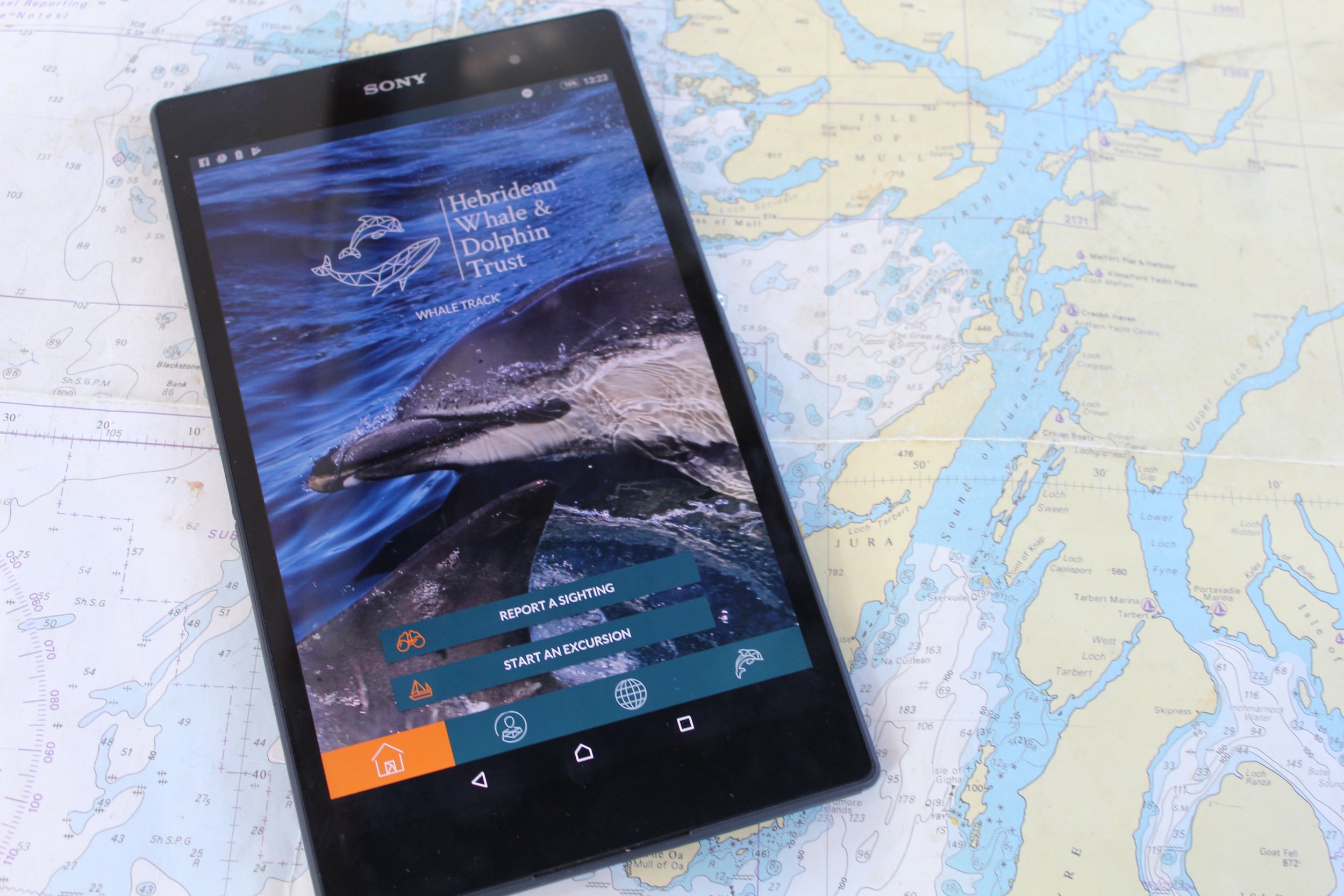

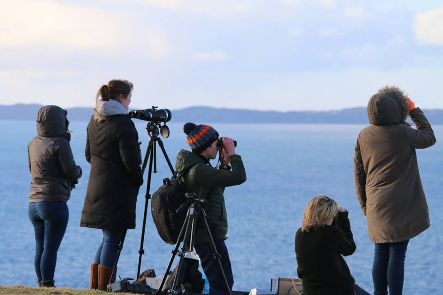

Our research vessel, Silurian, celebrates her twentieth year of welcoming people on board to collect visual and acoustic data, generating one of the largest databases of its kind in the UK. This data is gold dust…having been collected using the same protocol over the years, it is both comparable year-to-year and scientifically robust.
HOW HWDT DATA IS USED
The data provides a wide-scale assessment of whale, dolphin and porpoise distribution. It can be used to identify important areas for whales and dolphins, examine the threats they face and monitor and detect any changes in the marine environment over time, such as the changing underwater soundscape.
HWDT data was a key source of evidence that the west coast of Scotland is one of the most important areas in Europe for harbour porpoise, instrumental in setting the boundary of the designated Special Area of Conservation (SAC) - the largest of its kind for the species. The data was also used to demonstrate how important Hebridean seas are to minke whale, Risso’s dolphin and basking shark, leading to the designation of Marine Protected Areas for these species - a global first for the basking shark!
The data is shared with other conservation organisations, researchers, universities, and government, collaborating to deepen the understanding of the different species found off Scotland’s west coast and furthering their protection.
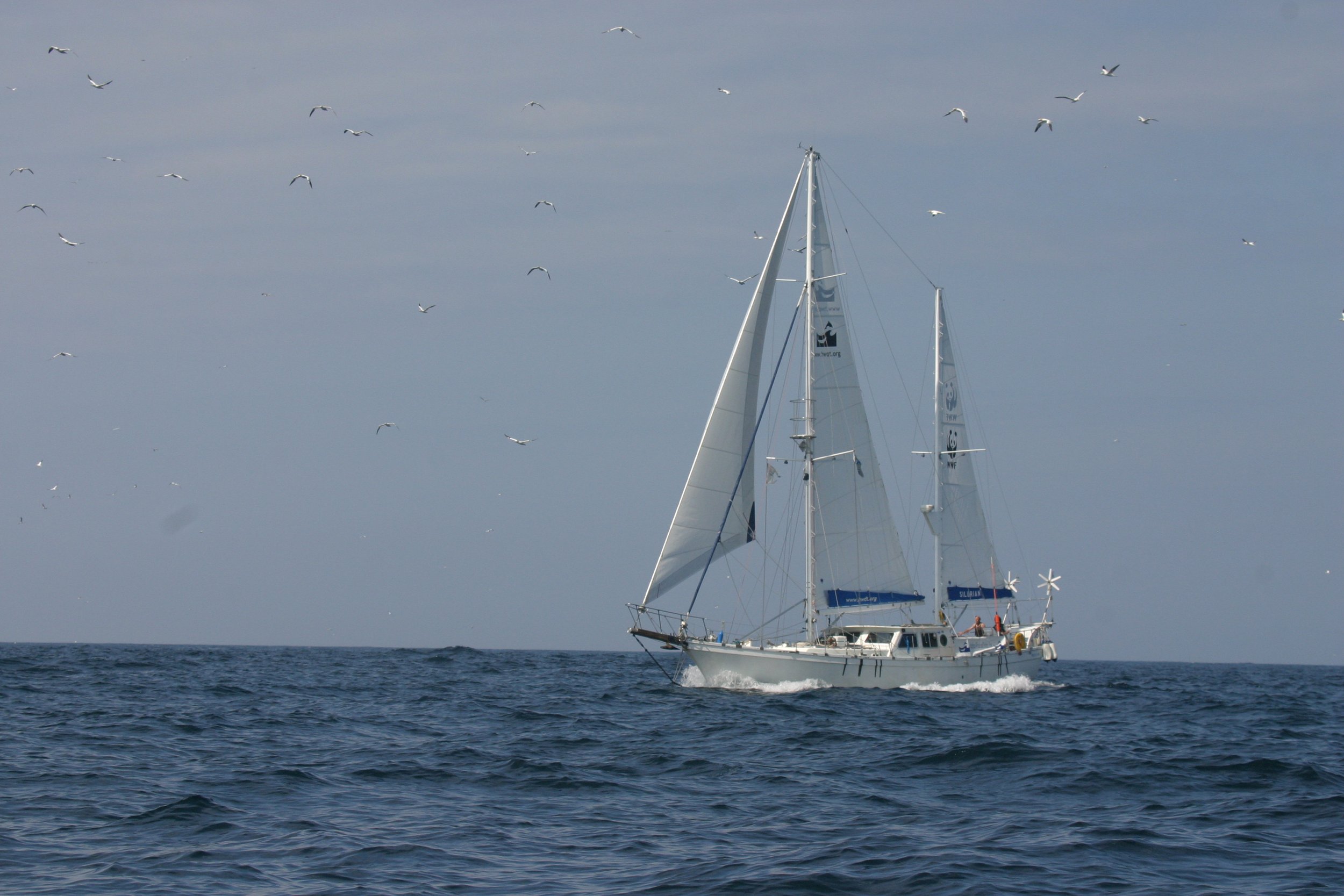
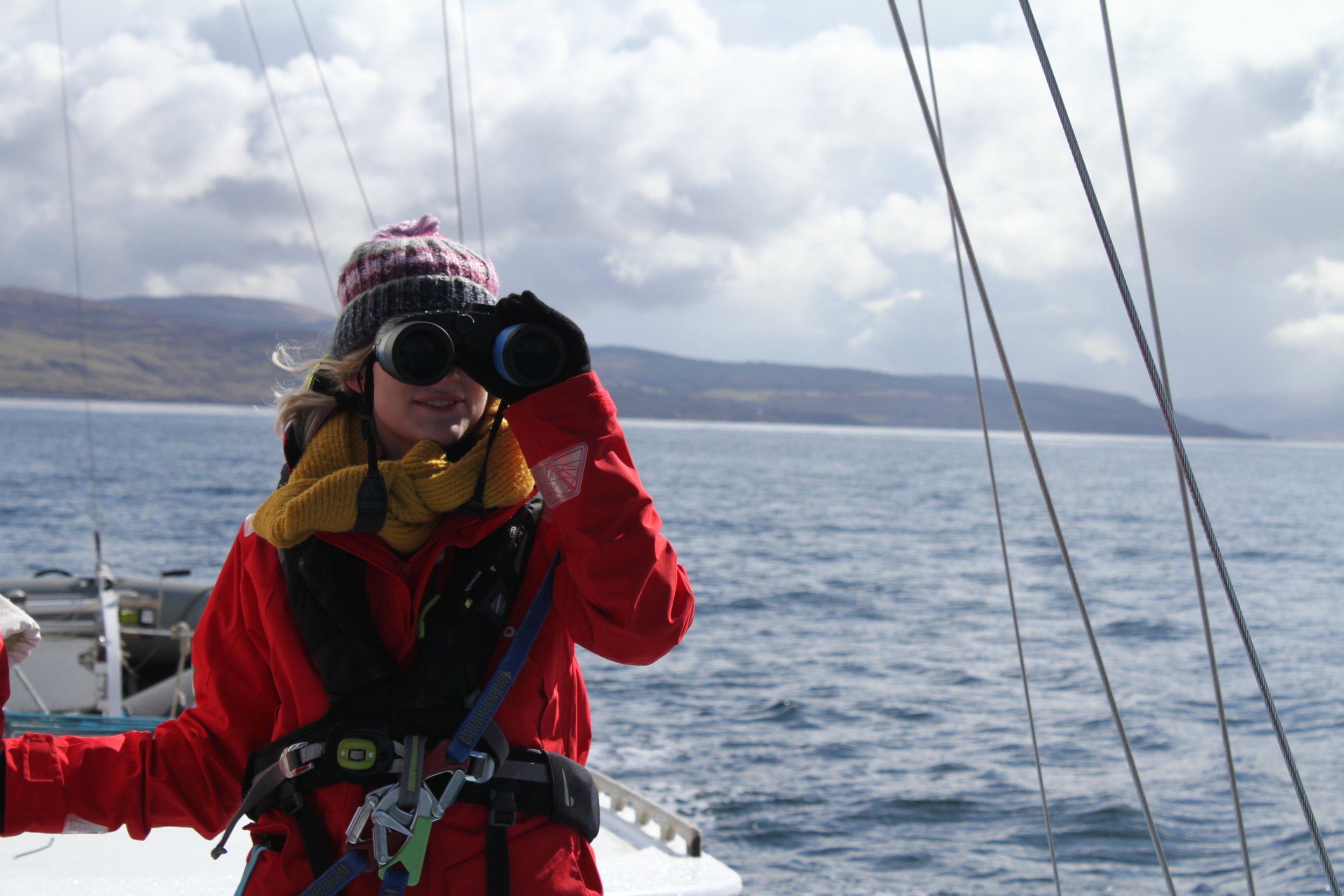
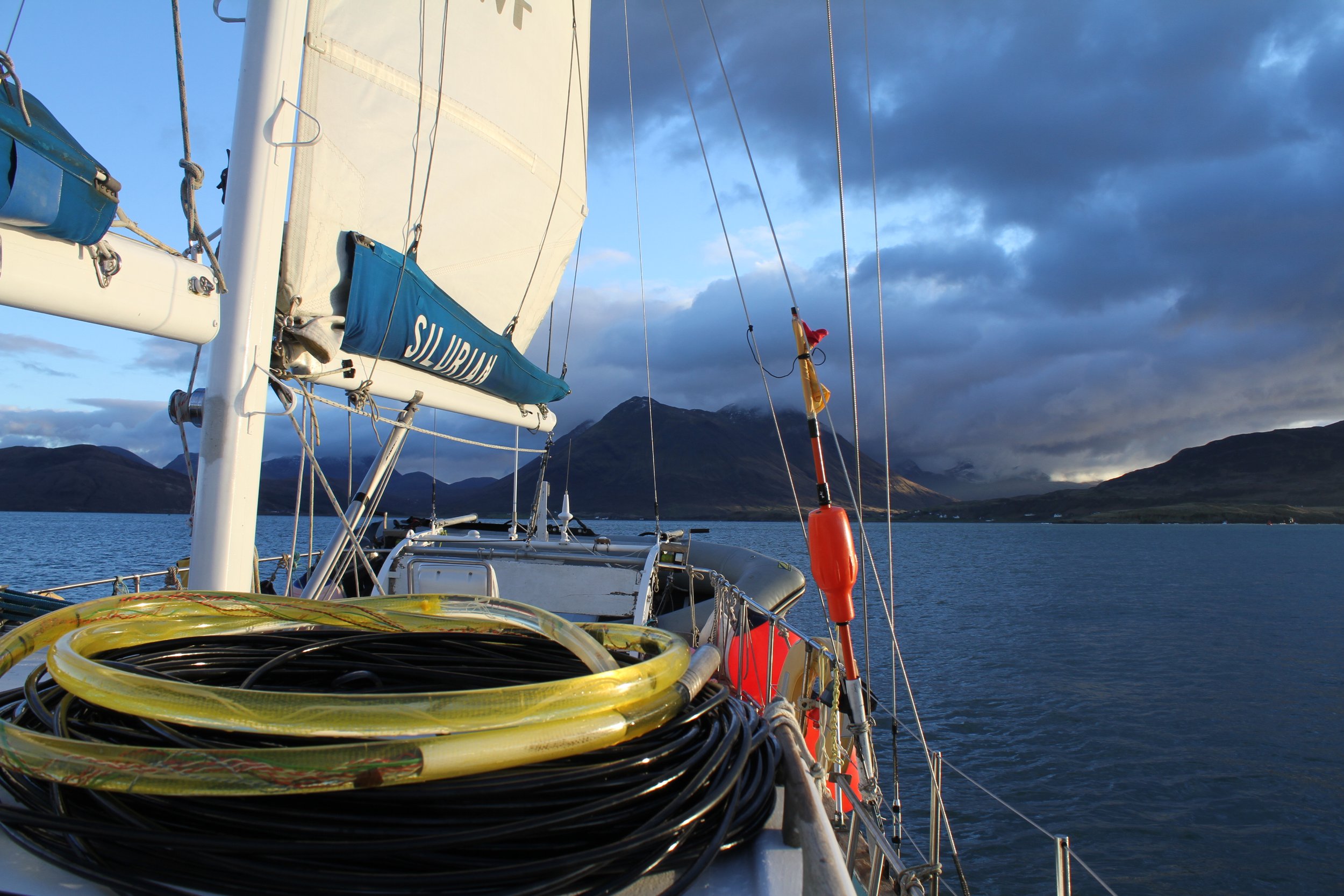
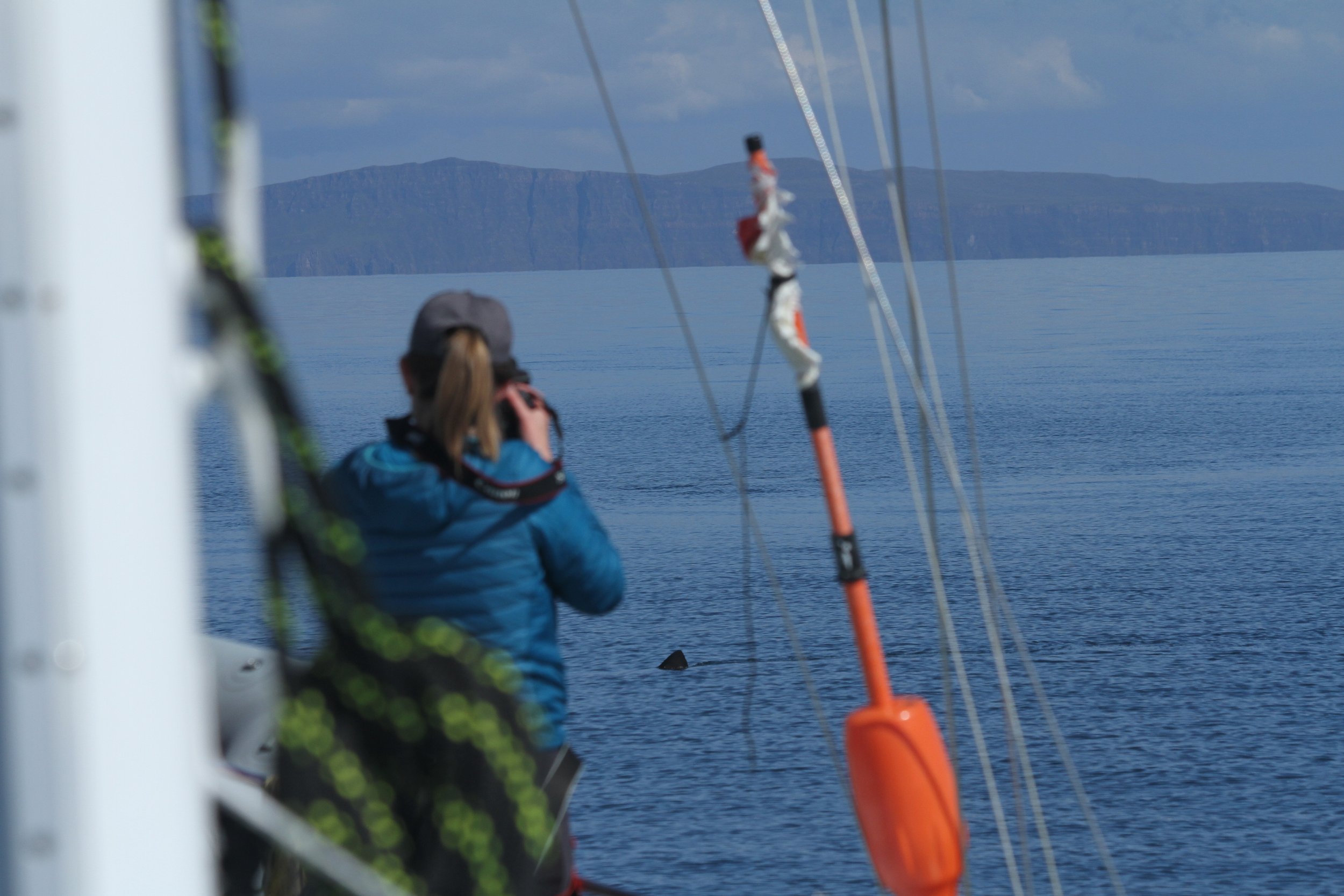
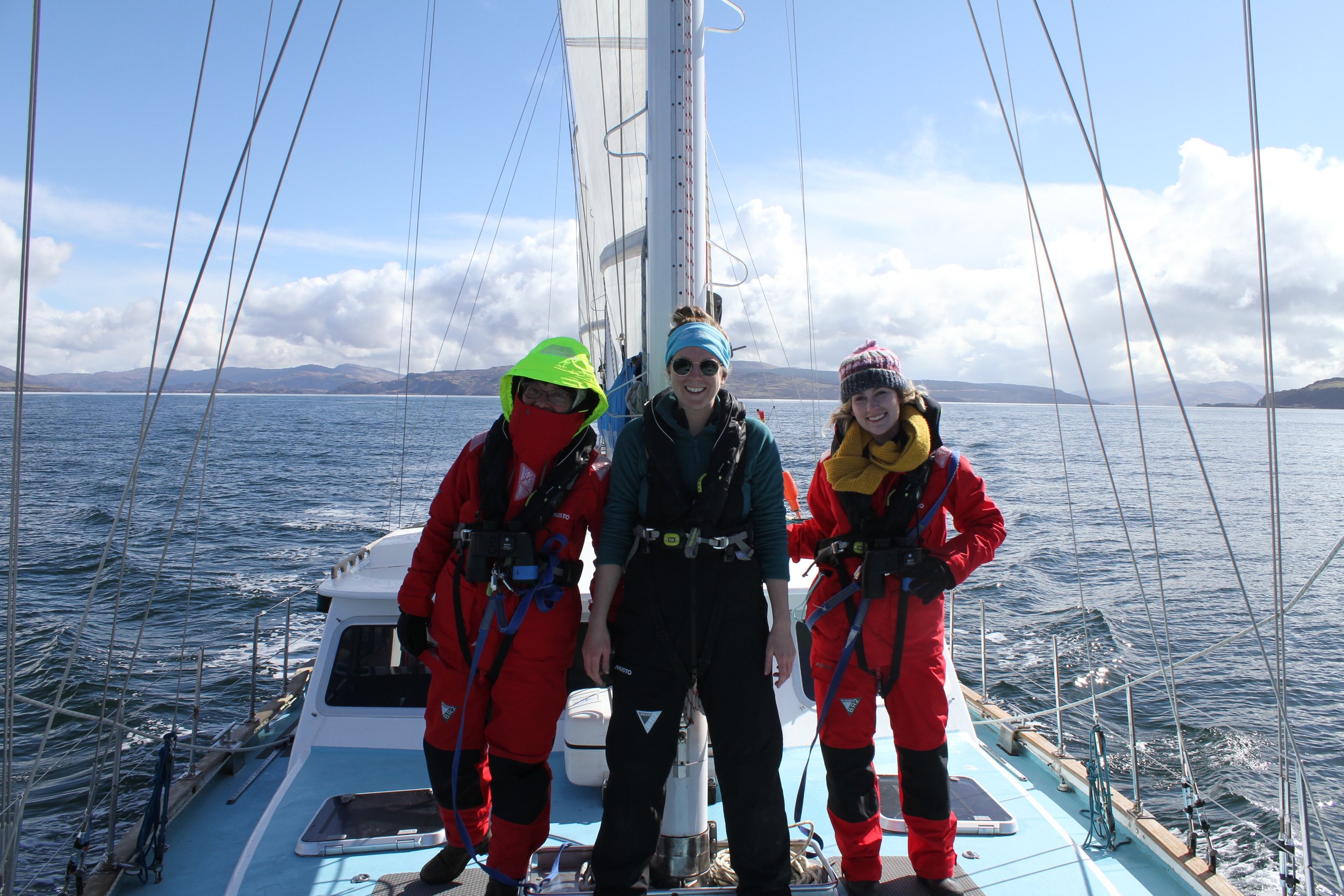
MAXIMISING DATA THROUGH COLLABORATION
This year, HWDT data was adopted into a national initiative by the Joint Nature Conservation Committee (JNCC) — collating data from lots of different sources, aligning it and making it available to use. Combining data and making it accessible is vital to protecting wildlife.
While collating data sources isn’t a new concept, one of the key differences the new JNCC portal provides is the standardisation and accessibility. The Joint Cetacean Data Programme (JCDP) is a collaborative programme led by JNCC. HWDT have been an active member of the project steering group since it’s inception to help shape the projects development and ensure data from small, charitable organisations, like HWDT, could be shared through the portal. JCDP aims to provide a platform for collation, standardisation, storage, and access of visual cetacean survey data. The JCDP team has created an online Data Portal, which allows people to submit, search and request access to cetacean survey data. This is supported by the JCDP Information Hub, a ‘one-stop-shop’ for the JCDP; giving background information about the project, a series of resources to help data submitters and users, and guidance on how to design high-quality cetacean surveys.
Visual data collected from on board our research vessel, Silurian, has been added to the JNCC portal. Seeing the data represented here really illustrates how much good quality data exists for the west coast of Scotland - all thanks to everyone who has joined us on board to participate in a research expedition.
CAN I GET INVOLVED?
Anyone can get involved in HWDTs citizen science programmes and directly contribute to protecting marine wildlife.
Why not join a research expedition on board Silurian in 2023. You’ll be trained in how to identify the different species found off Scotland’s west coast, how to collect visuals and acoustic data and then set to work undertaking surveys. These live-aboard expeditions run between 7–12 days and are a fantastic way to explore the Hebrides, while being involved in a meaningful experience which will help safeguard the amazing marine wildlife we find here for future generations.
Join our Whale Track community and start recording what you’ve spotted. Every sighting record is significant and helps deepen the understanding of whales, dolphins, porpoises and basking sharks off Scotland’s west coast. Get involved with citizen science today and have a positive impact on our marine environment.


